Sometimes I feel like a broken record saying, “Pinellas County is the most densely populated county in the state.” But it’s a big deal. We are a small county with a lot of people. Despite our density, the county manages over 20,000 acres of parks and preserves. These natural areas are actively managed to ensure public safety and the health and functionality of the ecosystems found there. The challenge for land managers is that they cannot always carry out traditional land management techniques (i.e. prescribed fire) in these areas as they are often surrounded by development. So, what do they do? They mimic natural processes, like fire, with other beneficial techniques.
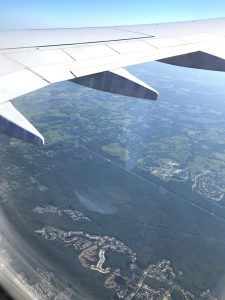
Now, keep in mind…there is no real replacement for fire, but researchers have been studying and evaluating various techniques for decades. These techniques often require heavy equipment and machinery. Different equipment is used to implement treatments that mimic fire.
Treatment terms can include, but are not limited to:
- Mowing
- Mulching
- Masticating
- Chipping
- Thinning
Check out this video to better understand how these treatments work.
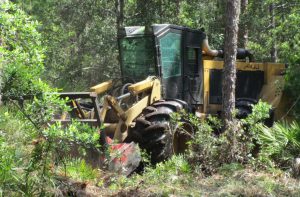
When we see these large pieces of equipment that appear to be destroying existing green spaces, it can be disheartening. Fear not! I’m here to mend your heart, but first, I need to take us on a quick detour to have a short lesson about fire…
Fire 101
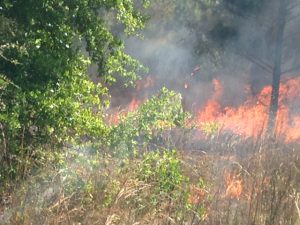
Many of Florida’s ecosystems have adapted to fire over thousands of years to the point where they require fire to thrive and survive. Fire needs three elements to occur: heat, fuel, and oxygen. Heat is the ignition source (lightning, arson, spark, etc.), fuel is the existing vegetation, leaf litter and dead wood, and oxygen is…well…there.
In the absence of fire, vegetation continues to grow more and more dense, making the fuel loads (as land managers would call it) high. When fuel loads are high, fires can burn really hot, and really hot fires kill trees. People’s homes and lives can also be at risk if a wildfire burns out of control. Furthermore, densely vegetated areas can cause tree stress due to overcrowding, and vegetation can become so thick, it shades out existing plant species. You can read more about this in one of my earlier blogs.
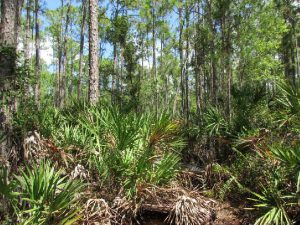
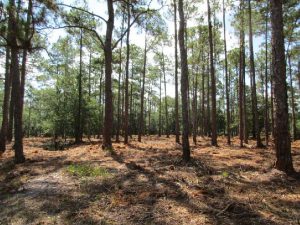


All that to say, it’s very important to keep fire (or a mimic of fire) around to maintain critically important habitats and ecosystems and ensure public safety.
Okay, still with me?
Back to the big, heavy machines…
Mechanical thinning activities clear out densely vegetated areas, mimicking similar effects as fire. There are many benefits to wildland fires, and the same is true of mechanical thinning:
- It removes the “fuel ladders”. Any high-growing vegetation is cut down, preventing fires from growing and spreading up to the tops of trees and causing significant harm to the tree canopy.
- Clearing out the dense vegetation allows for easier movement of wildlife and permits sunlight to reach the forest floor, initiating new plant growth.
- New plant growth has access to the nutrients from decomposing materials from the thinning process and allows for increased plant diversity.
- Studies have also suggested these efforts improve tree health.
- In certain areas, mechanical thinning can also be used as a tool to prepare a site for prescribed fires. Once the thinning reduces the amount of standing vegetation (fuels), prescribed fire can be reintroduced.
So, the next time you are at a park or preserve in Pinellas County and see large equipment or machinery taking out existing vegetation, remember this blog, take a deep breath, and know that the land managers are doing their best to ensure the public’s safety and the health of these natural areas and their resident plants and animals.
Resources: https://www.usda.gov/media/blog/2012/07/26/prescribed-burning-and-mechanical-thinning-pose-little-risk-forest-ecology https://southernfireexchange.org/wp-content/uploads/2014-5.pdf
 0
0
